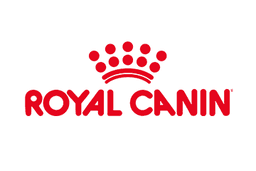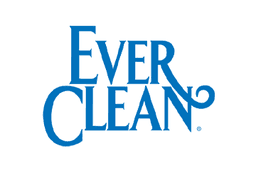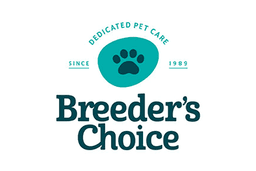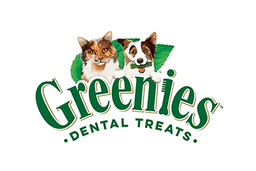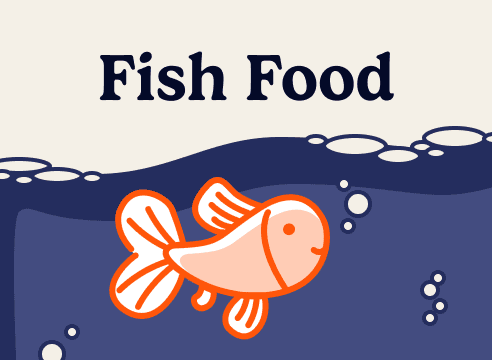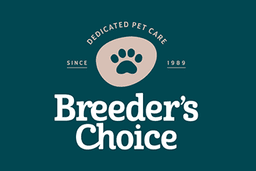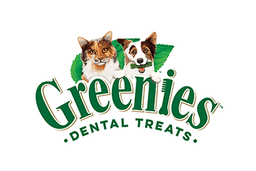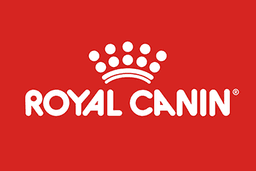Does your Cat Have Bad Breath? Check out our tips for improving your cat’s oral hygiene

Have you noticed bad breath in your cat lately? This is often the first sign of poor oral hygiene that owners become aware of. Contrary to popular belief, bad breath is not normal, and regular cat dental care is required to keep your feline friend happy and healthy.
Modern-day domesticated cats live in a different environment to their wild ancestors. Their diet has a direct impact on the cleanliness of their teeth, and regular cleaning doesn’t always occur naturally through chewing on bones or grass. This means it's important to have a good cat dental hygiene routine, including regularly checking their teeth and gums, teeth cleaning and feeding dry cat food and cat dental treats.
Let's look at some of the problems that can be caused by a lack of cat dental hygiene, and a few tips for taking care of your cat's teeth. Prevention is definitely better than cure!
What could poor oral hygiene mean for your cat's health?
Cat food mixed with saliva and bacteria can form plaque on the teeth. In turn, plaque build-up can harden to form a layer of tartar on the teeth above and below the gum line, which can signal the start of teeth and gum problems.
If your cat is in pain from inflammation, they can find it difficult to eat or drink. Bacteria may even enter their bloodstream and cause damage to their kidneys and other organs.
According to the RSPCA, teeth and gum problems are experienced by 80% of cats over the age of three. Periodontal disease (inflammation of the gums) is the most common disease in adult cats. Potential signs of this painful condition include:
- Discoloured/loose teeth.
- Blood stained gums.
- Mouth ulcers.
- Plaque build-up and tartar.
Apart from looking at the mouth, there are other signs that can tell you something is amiss with your cat's oral health, such as:
- Dropping food from the mouth when eating.
- Reluctance to eat, especially hard food.
- Excessive drooling.
- Swelling under the eyes.
- Facial swelling or pawing at the mouth.
- Increased irritability or lethargy.
While these signs may indicate pain and inflammation associated with gum disease, conditions such as kidney or liver problems are possibilities too. So if you notice bad breath or other symptoms like reluctance to eat, take your cat to the vet for a proper diagnosis.
The good news is that dental problems like gum disease can be treated if spotted early, preventing the development of more serious issues like tooth loss.
Mouth inspections – can you do it yourself?
it's important to regularly check your cat's teeth and gums for signs of potential issues like chipped or cracked teeth, lumps and bumps, ulcers, bleeding and foreign bodies. Mouth inspections can be tricky though, especially if your cat is in pain. If you’re not succeeding, visit your vet for a thorough inspection of the mouth and a professional clean. If you have ongoing trouble cleaning your cat's teeth at home, you might need to schedule a yearly dental appointment with the vet.
How to brush your cat’s teeth at home
The RSPCA recommends daily brushing, or twice a week at least. If this is a new experience for you and your pet, it’s best to proceed wisely and slowly. Get your cat used to the toothbrush, the taste of the toothpaste and to having their mouth touched before you try brushing. You may need some clever bribery with treats, at least until you and your cat have gotten used to the new routine.
When it comes to toothpaste, these are especially designed for cats, with flavours ranging from whipped cream to tuna. Cat toothpaste is fluoride-free, doesn’t foam and doesn’t need rinsing. In short, it’s totally different from human toothpaste.
You can use a rubber toothbrush, a finger brush or even a sterile gauze strip wrapped around your finger if that's easier. Hold your cat gently and firmly from behind, tilt their head back and lift their chin up to open their mouth. Brush in small circles, focusing on the gum line for up to 30 seconds on each side. Try to not overdo it the first few times, and remember to give them a treat afterwards!
Dry cat food for teeth cleaning
When thinking of how to clean your cat’s teeth, it’s not just brushing that is important. Part of a good cat dental care is adding dry food to their diet.
A high quality dry cat food is fundamental in keeping your cat’s teeth healthy and strong. Make sure you find the flavour your cat enjoys and which is suitable for their breed, age and size. Also keep potential allergies in mind. There is a range of grain free and holistic choices available to cater for special dietary requirements.
You may even want to try dental dry cat food, which is specially formulated with ingredients that minimise the chances for dental plaque formation on your cat's teeth, while the coarse texture means chewing makes for automatic mechanical teeth cleaning.
Cat dental treats and water additives
Cat dental treats are an essential part of your cat's oral hygiene regime, acting in the same way as dental food. Due to their crunchy texture and specific shape, dental treats have a super mechanical cleaning action while being tackled by an enthusiastic pet, and come in a range of tasty flavours from catnip to chicken and fish. They have the added benefit of being nutritious too, with vitamins and minerals to support the overall health of your cat. Other options to consider are dental chew toys and products like gels and dental sprays that can help keep your cat's mouth clean between brushings. You can also buy water additives that are designed to help support your cat's oral health.
Looking after your cat's oral hygiene is an essential part of keeping them healthy overall. It just takes practice and patience to clean their teeth, and a few treats to make the job easier!



